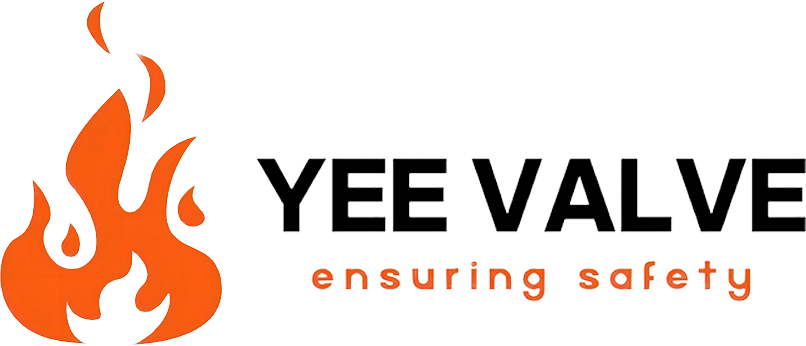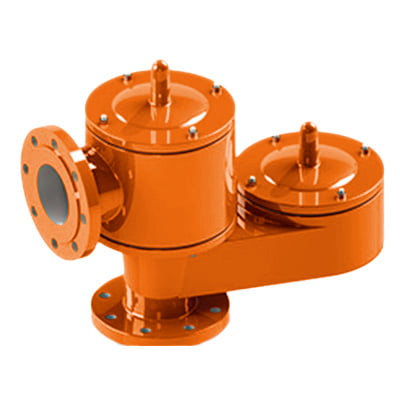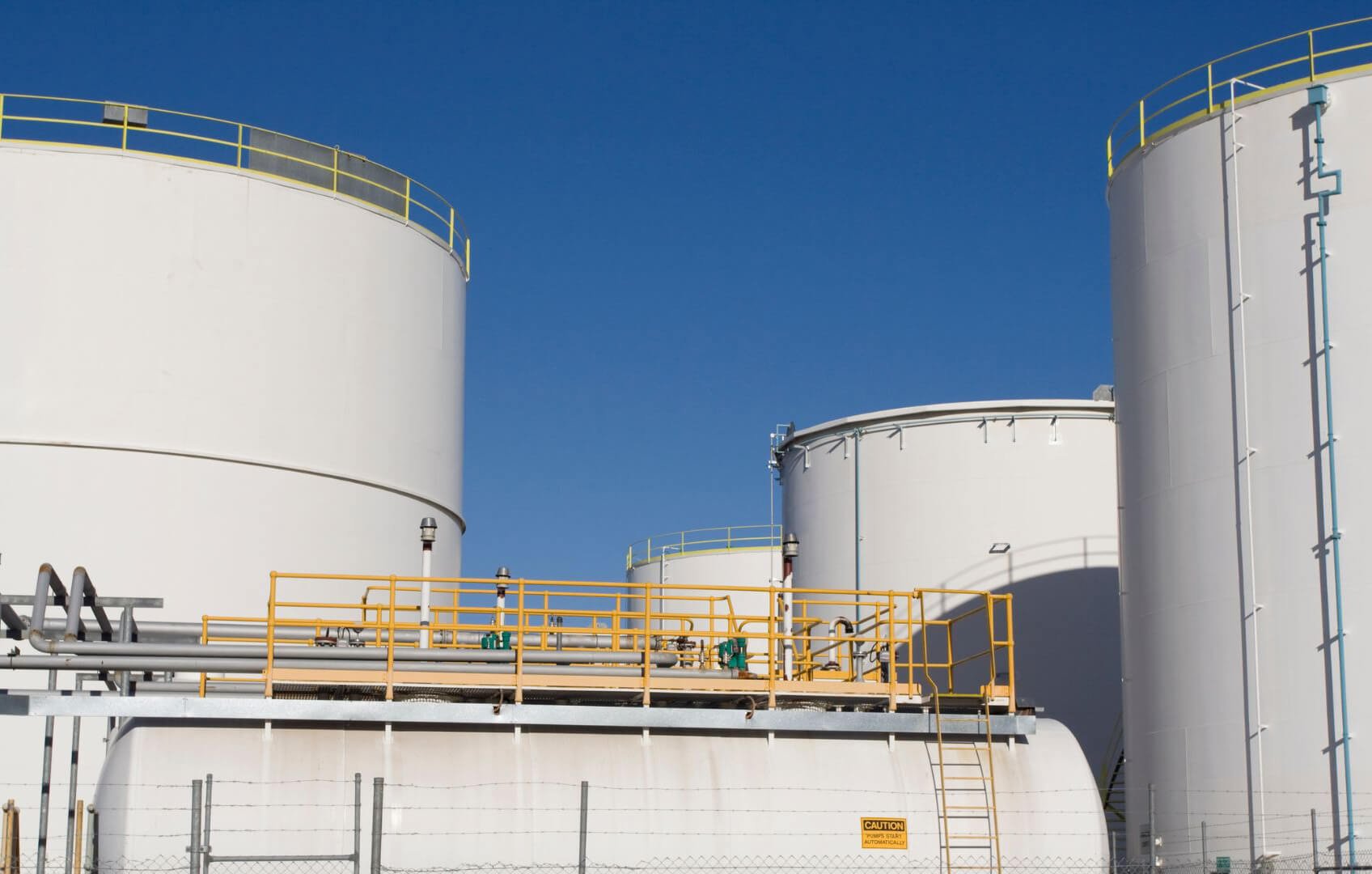O que é uma válvula de respiração?
Uma válvula de respiração (válvula de alívio de pressão/vácuo) foi projetada para proteger tanques de armazenamento, sistemas de processo e equipamentos de pressão excessiva e condições de vácuo. Essas válvulas permitem a ventilação controlada de gases ou vapores e ajudam a manter um ambiente de trabalho seguro, impedindo os danos ao tanque e minimizando a perda de produto devido à evaporação.
Como as válvulas de respiro funcionam?
As válvulas de respiro funcionam usando paletes carregados de peso ou com mola para controlar o fluxo através da válvula. Quando a pressão interna ou o vácuo atinge um ponto de ajuste, o palete levanta o assento para permitir o fluxo. Isso evita as perdas de emissão até muito perto da pressão definida e impede a ingestão de ar até muito perto do vácuo definido.
Quais são os benefícios de usar válvula de respiro?
- Alta capacidade de fluxo de um tamanho de válvula compacta.
- Ampla gama de configurações de pressão e vácuo para máxima proteção do tanque.
- Minimização da perda e evaporação de gás, resultando em economia econômica.
- Conformidade com regulamentos rigorosos de controle de emissões.
- O design modular permite a personalização para requisitos específicos.
De que materiais as válvulas de respiro são feitas?
As válvulas de respiro podem ser construídas a partir de vários materiais, incluindo alumínio, aço inoxidável, aço carbono, ferro dúctil e ligas como C276. A escolha do material depende do aplicativo específico e do tipo de mídia que está sendo tratado.
Quais são as aplicações comuns de válvulas de respiro?
As aplicações comuns incluem a proteção de tanques de armazenamento em indústrias como farmacêutica, alimentos e bebidas, processamento químico e indústrias petroquímicas. Eles também são usados em sistemas onde os vapores precisam ser canalizados ou ventilados para a atmosfera.
Com quais padrões as válvulas de respiro estão em conformidade?
As válvulas de respiro são projetadas e testadas de acordo com padrões como API 2000: 2014 e EN ISO 28300: 2016. Eles também se reúnem na Diretiva Europeia 2014/34/UE para equipamentos usados em atmosferas potencialmente explosivas (ATEX).
Como seleciono a válvula de respiro certa para o meu aplicativo?
Selecting the right breather valve involves considering factors such as tank size, media characteristics (flash point, boiling point, latent heat of vaporization, molecular mass), location, maximum filling and emptying rates, and the required set pressure and vacuum settings. Consulting with a Yee Valve expert and using a valve sizing service can help ensure optimal performance and cost-effectiveness.
What Maintenance Is Required for Breather Valves?
A inspeção e manutenção regulares são necessárias para garantir que as válvulas de respiro operem corretamente. Isso inclui a verificação de qualquer bloqueio, garantindo que os paletes e os assentos estejam limpos e livres de detritos e verificar se as pressões e aspiradores definidos são precisos. Os procedimentos de manutenção devem seguir as recomendações do fabricante para manter a segurança e a eficiência.



